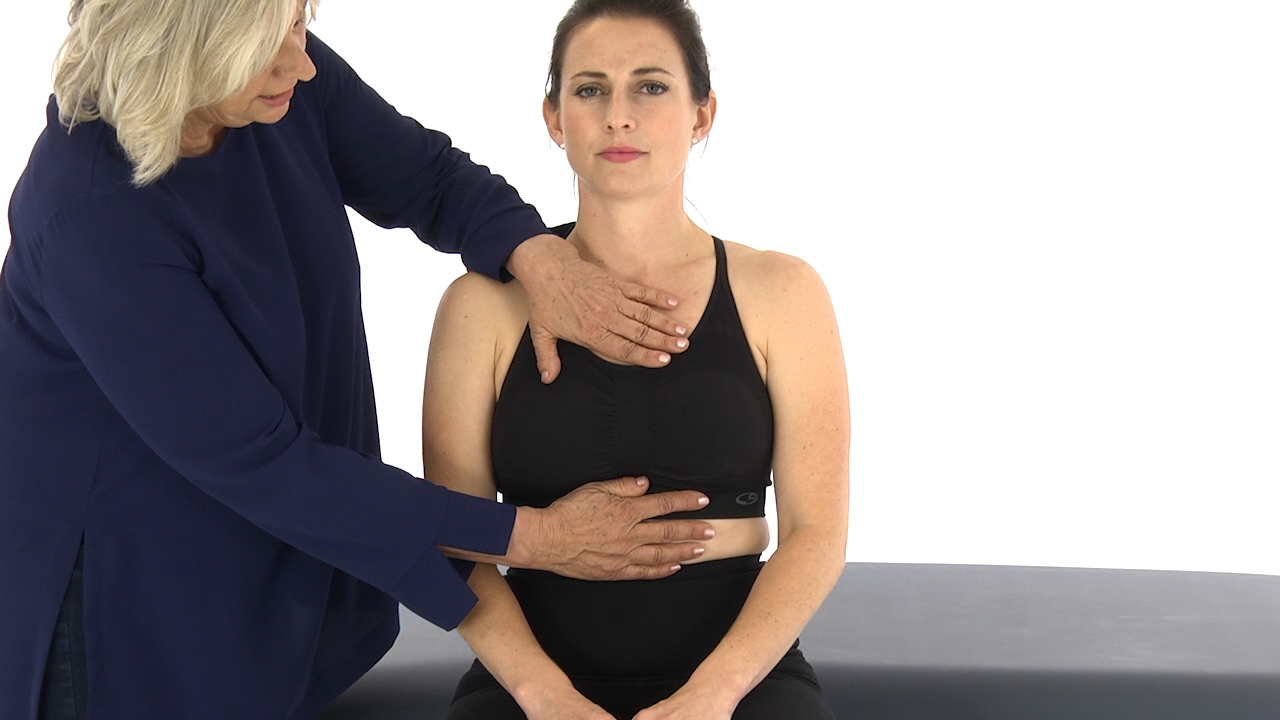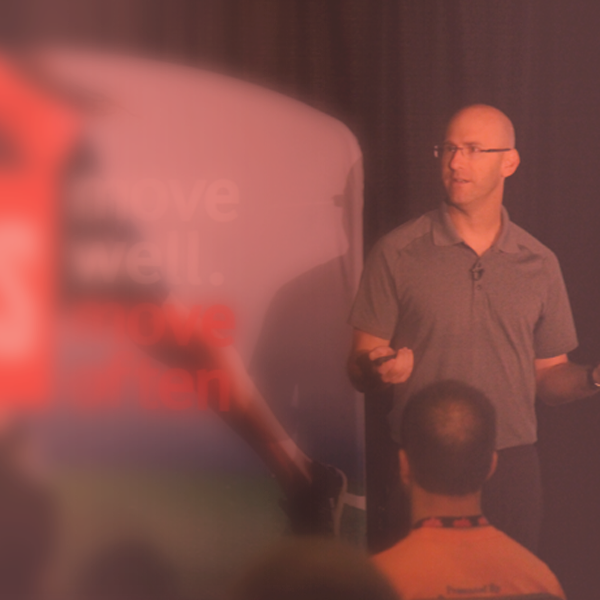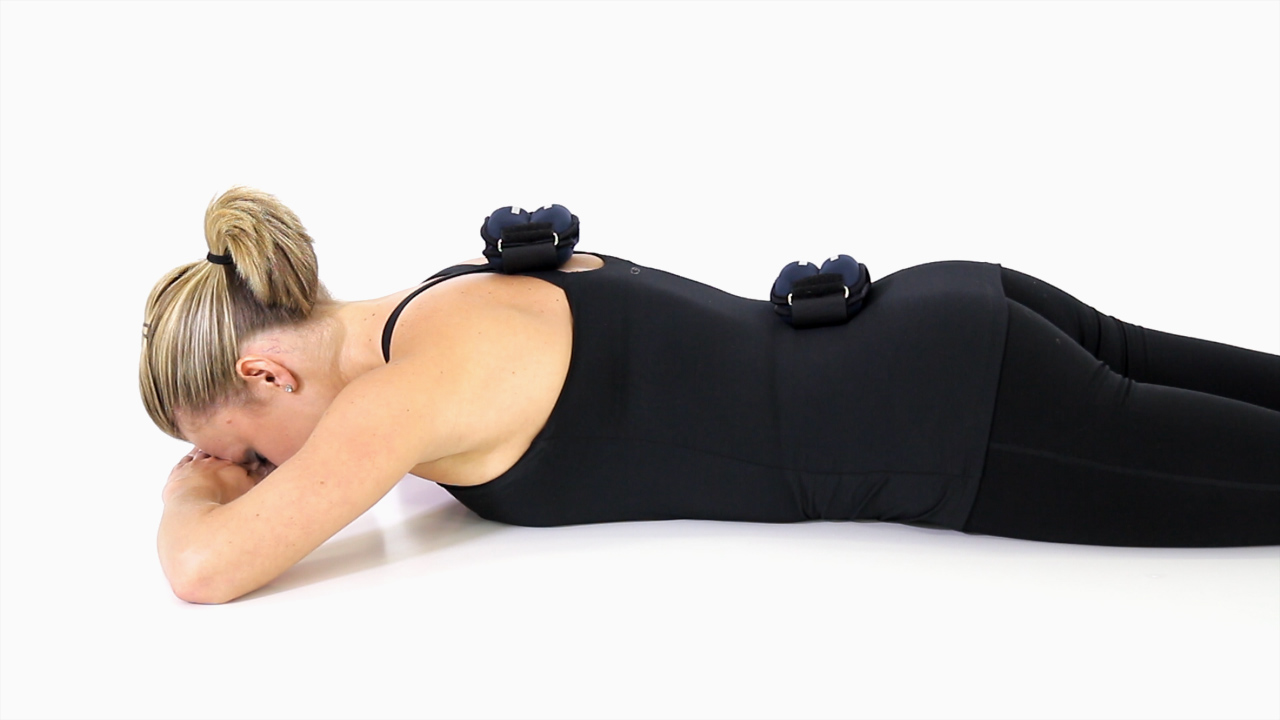Breathing
Written by Gray Cook Breathing
Breathing is probably the most simple and yet complex thing we do. It is a conscious thing if we choose it to be, but the instant we stop thinking about it, it continues on its own. One of the biggest questions we have is when it continues on its own, how do things work? When we do a breathing drill, did we reset it in any way?
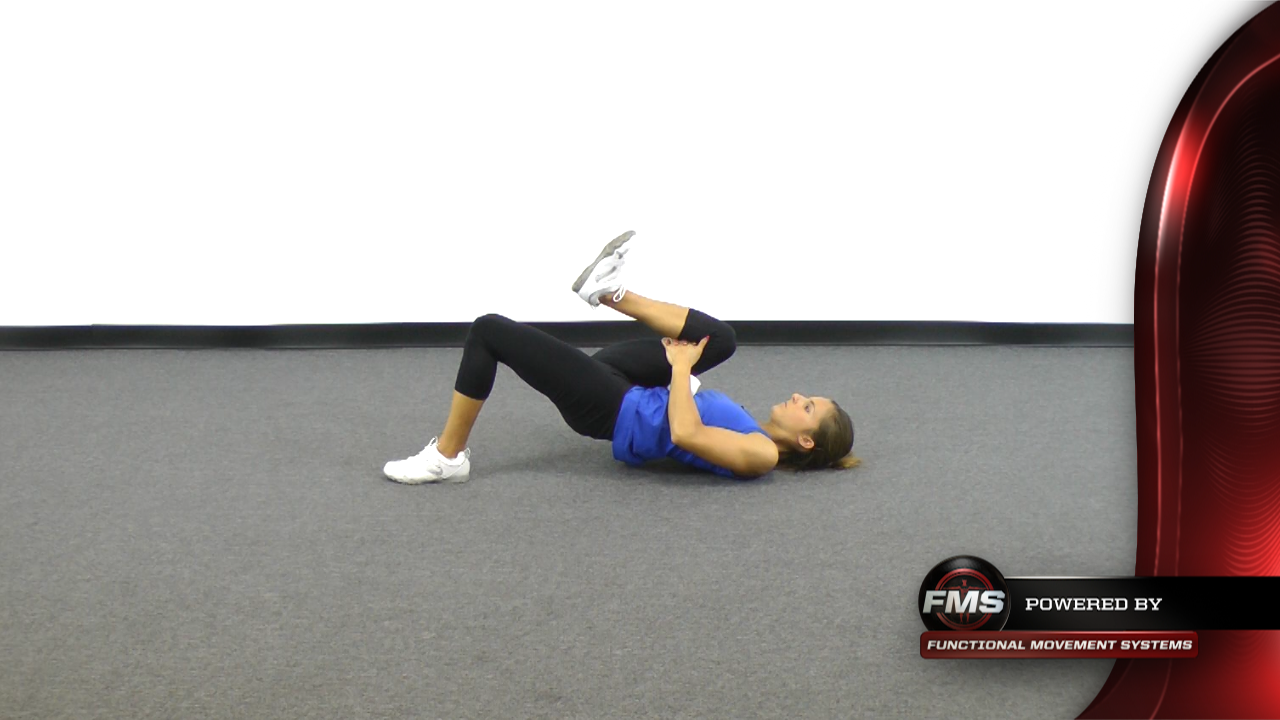 Think about the current popularity of muscle activation, say… activating the glutes. Almost everyone with a little knowledge of isolation and hip extension can say they activated the glutes, but when you stand up to leave the session, are your glutes doing something better than they were when you entered?
Think about the current popularity of muscle activation, say… activating the glutes. Almost everyone with a little knowledge of isolation and hip extension can say they activated the glutes, but when you stand up to leave the session, are your glutes doing something better than they were when you entered?
Simply because we run the circuit and create activity in a temporary, isolated situation, does that activity carry over into the other things we do? Heck, that’s my definition for function! If you do this one thing and it carries over into many other things, it’s functional.
If you do this one thing and just get better at it, we call that specific training—specific activity training, specific sports training, the specificity of the task.
Just like any other exercise, this is also true with breathing. When we do an exercise, we must ask ourselves if the exercise only improves itself in the single act we’re participating in, or if it has carryover into other activities.
In the discussion of breathing, breathing efficiency and breath training, as a healthcare professional my first responsibility is to start with health, not necessarily performance or fitness.
The first consideration largely overlooked is whether there is a structural problem. Is there an airway obstruction? Is there a deviated septum? Is there a closure or an anatomically small airway?
Think about this for a minute. When a person has horrible posture with an anterior head, rounded shoulders and a sunken chest, what if that happens to be the posture where the anatomical airway is the largest? When you stand totally erect in a perfect military or actor’s posture and your airway is compromised by 30 or even 50%, what is the motivation to stay in that position?
The first thing—before we start giving postural cues—is to recognize if there’s an obstruction. That’s a health problem and the person probably needs to get that checked out.
First we take the anatomical airway problems off the table. If you’re working with a client and this just created a bunch of questions, or if you’re a rehabilitation professional and breathing is not your specialty, a quick history can guide you. Just ask!
Do you have seasonal allergies? Are you congested? Do you cough? Have you had episodes of bronchitis? Do you wheeze when you breathe? Do you find yourself on exertion going right into mouth breathing? Do you have a constantly dry mouth (another sign of mouth-breathing)?
These are things that might beg us to do further investigation before we assign an exercise to improve breathing.
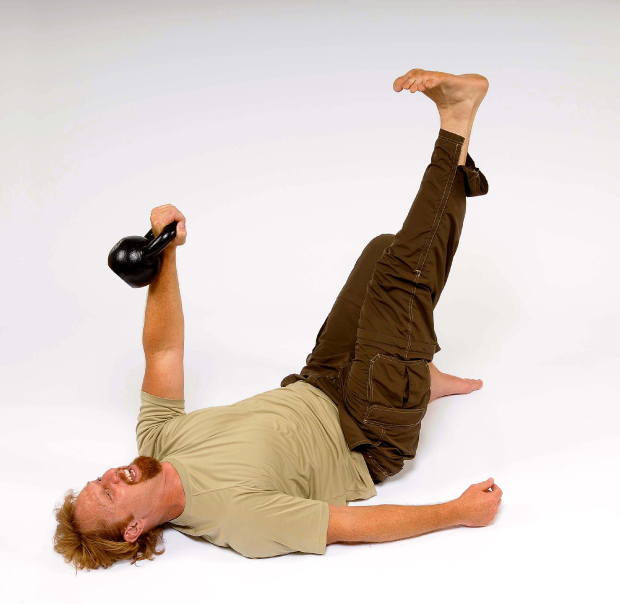 Secondly, many of us try to activate muscles. I can make your glutes fire, but if you lack full hip extension, you will not use your glutes efficiently in gait or other activities.
Secondly, many of us try to activate muscles. I can make your glutes fire, but if you lack full hip extension, you will not use your glutes efficiently in gait or other activities.
Let me state that again: It’s no problem to make you bridge and your glutes will fire. Yet when you stand up and get into that end range of extension and your joint capsule becomes tight, you fire your hip flexors a little to stay out of the end range—to not sort of bang the joint against its end.
You will inhibit your glutes in many situations because you don’t have the available range of motion in the hip. It’s not because the glutes can’t be fired, but it would be inefficient to fire a glute near the end range because micro-trauma and damage of the joint could occur.
Lie on the ground and activate your glutes all you want, but did it carry over when you stood up?
The same is true for a breathing exercise. We can lie you on your back and rehearse crocodile breathing, see-saw breathing or a motor control activity to have you fire the circuits that allow your intercostals, diaphragm, abdominals and other breathing contributors to work. But what if there’s a mobility problem?
We should probably have a neck, shoulder girdle and ribcage that freely move, but the pelvic floor and diaphragm also work in sync, so having pelvic and hip mobility is also advantageous. If you’re going to try to train or coach breathing, you have to discover if there are significant mobility restrictions on board.
The first two things we look at in the Functional Movement Screen for their influence on breathing are shoulder mobility and the active straight-leg raise.
Shoulder mobility is more than looking at range of motion of the shoulder. It lets us know if you actively extend the upper spine. It lets us know if there are restrictions in the ribcage.
It’s the same with the active straight-leg raise. The symmetry and ability to lift a leg in an unweighted situation tells us quite a bit about the pelvis, the core and the way the hips work together.
Restrictions from the neck through the pelvis can interrupt and restrict the natural rhythm we authentically use in breathing. If there’s a restriction, you have to pick another path and use an asynchronous breathing or an inefficient breathing pattern.
 As I’ve always said, mobility then motor control, or mobility then stability. The first order of business: Mobility must come first.
As I’ve always said, mobility then motor control, or mobility then stability. The first order of business: Mobility must come first.
If mobility is clear—and it doesn’t have to be perfect—we can move on. But huge restrictions in the neck, thoracic spine, pelvis, hip and shoulder mean if you’re doing a breathing exercise to sink the diaphragm or not to use the upper chest as much, you’re missing the whole point of why the breathing is bad in the first place.
Take the big mobility restrictions off the table first. I’ve helped many endurance athletes by improving active straight-leg raise and shoulder mobility, not because I improved oxygen transport at the cellular level, but because we made the mechanics of breathing more efficient.
You can fatigue the breathing muscles, especially if you’re using the wrong ones. The biggest limiting factor in your next run may not be the endurance in the quads or calves. It may be the endurance in the breathing muscles used inappropriately and inefficiently around poor upper body and trunk mobility patterns.
Now, let’s say mobility is not the problem. You’re going to take Brett Jones’ and my advice in the video Secrets of the Shoulder and do crocodile breathing, or you’re going to use see-saw breathing from Feldenkrais.
In medical observations, see-saw breathing is probably a problem when we see the diaphragm going up, the chest going down and then reversing. This probably means an infant maybe has an airway obstruction or another problem. What we like to see is everything moving together. Obviously, we want belly breathing, but we want a gentle contribution of the chest as well. If we see one significantly more than the other, it could denote a problem.
But in our sedentary society with the stress levels and emotional issues that accompany a fast-paced, sedentary society, we may have to reset breathing. Yes, you can be fast-paced, stressed-out and completely sedentary. Think about darting in and out of traffic…not really doing anything, but the emotional engagement is way up there.
We have to remind the brain of its options. If mobility problems are not the reason breathing is out of sync, maybe breathing is out of sync because breathing has not been used authentically in quite some time.
Practice is like meditation, like the use of the breath in yoga and martial arts. If you think about it, some of the oldest forms of exercise start with the breath and some of the newest fads in exercise don’t even consider it. Today’s coaches often just think if they get you winded, all good things will happen. I don’t know if that’s the best way to approach this.
Think about that. The wisdom of the ages tells us to start every exercise or movement with attention and efficiency in the breath, because that fuels everything we do in every other movement we make. Do we do this? Nope. We want to grow those pecs, shred those abs and activate those glutes.
Oh, and just breathe however you want.
As we look at opportunities to re-coordinate or reconnect breathing, what we’ll find is that see-saw breathing is a way to de-emphasize chest breathing and improve abdominal breathing.
Crocodile breathing is another way to do that, and gives a different sense of feedback where the belly expands both side-to-side and pushes into the floor, lifting the low back, or the sway we normally have in the low back when we lie on our bellies. We see the back going up and down, which looks much like a crocodile lying on its belly and breathing.
We have some amazing techniques to reset or reconnect authentic breathing to remind the brain of the options other than upper chest breathing. Think about the restricted areas first—the low back, the chest, the ribcage, the abdominals, a lot of tightness in the pelvic floor region and definitely in the neck.
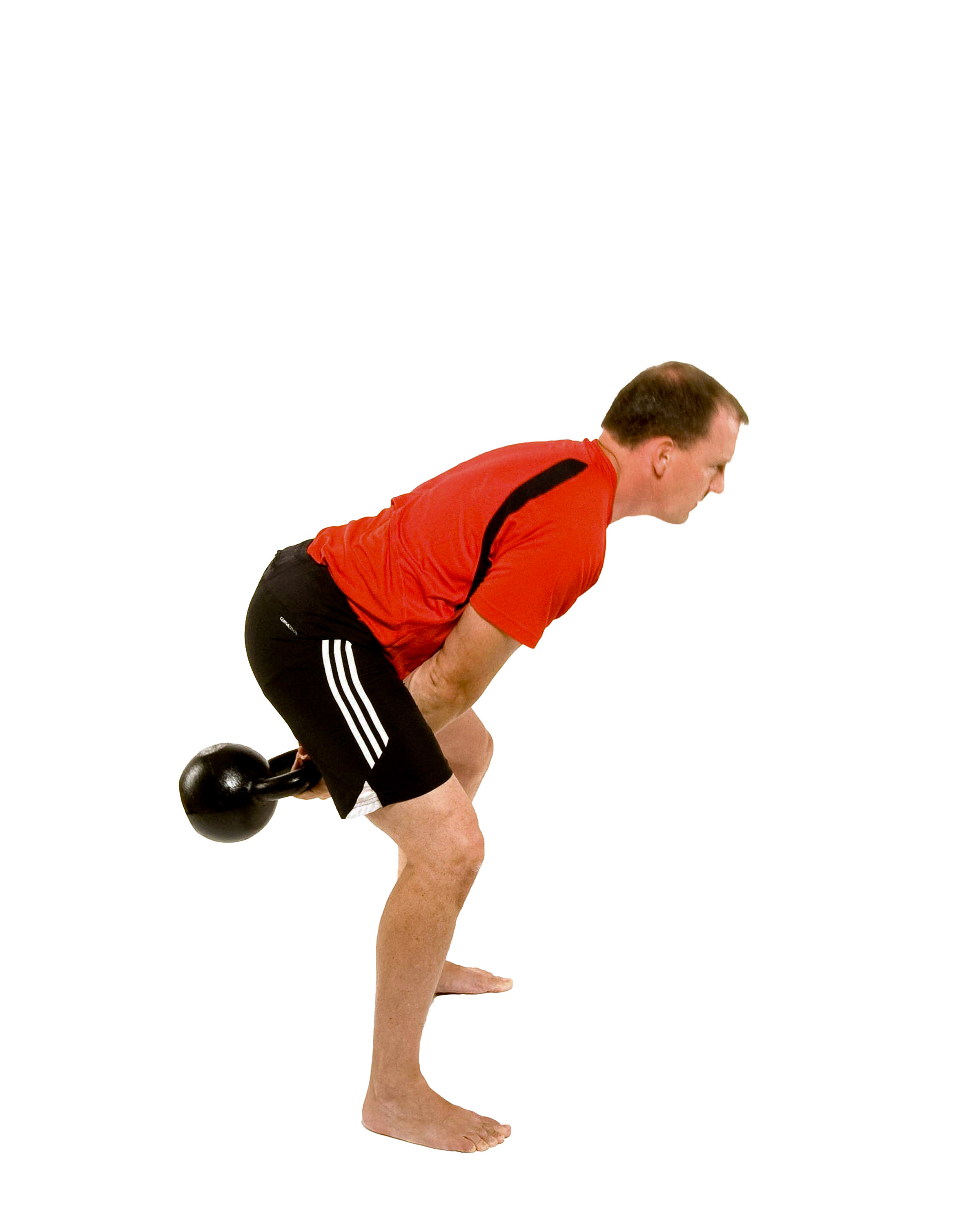 Look how many people are swinging kettlebells who still think the neck is the core. They’re totally engaged across the anterior neck muscles, not breathing right and the other things go from there. If the breath is out, we have problems.
Look how many people are swinging kettlebells who still think the neck is the core. They’re totally engaged across the anterior neck muscles, not breathing right and the other things go from there. If the breath is out, we have problems.
Take it one step further. If you’re dealing with somebody with a history of breathing problems, there could be an anatomical obstruction. There could be a compromised airway. There are many, many things that can be done for this, but I wouldn’t start with exercise.
We have to be responsible when we talk about breath. We have to make sure there’s no anatomical obstruction. We have to make sure there’s mobility in the breathing regions of the body. Remember how much of the chest the lungs cover. The lungs cover the area from almost under the traps all the way down to below the ribcage, so any restriction in that area can interrupt natural breathing.
If the restrictions are taken off the table and there are no obstructions, some of these breathing coordination exercises are absolutely awesome at resetting breathing. Once you reset, take the new breathing into your activities because these are, in fact, corrective exercises.
Corrective exercises should be a temporary measure so you can pull the new thing you gained into activities. You’ll breathe better the next time you run. You’ll breathe better the next time you hike. You’ll breathe better the next time you lift. You’ll breathe better the next time you cycle.
We follow the same rules with breathing as we do with every other body movement.
Related Resources
-
Whiteboard Talks: Create a System
Posted by FMS
-
Take A Deep Breath
Posted by Brett Jones
Please login to leave a comment
2 Comments
-

Jan Hetherington 2/16/2018 8:01:16 PM
Very much appreciate your emphasis on patterns of movement (another post) rather than movement parts; and carrying a way of doing a specific activity in maybe a somewhat artificial environment, actually into the real-world, in order for it to truly be a functional change and improvement. And therein lies the real challenge .....
-

Sarah 12/18/2014 7:11:08 PM
Thanks for the great information. What further reading or videos do you recommend to get more info about breathing?


